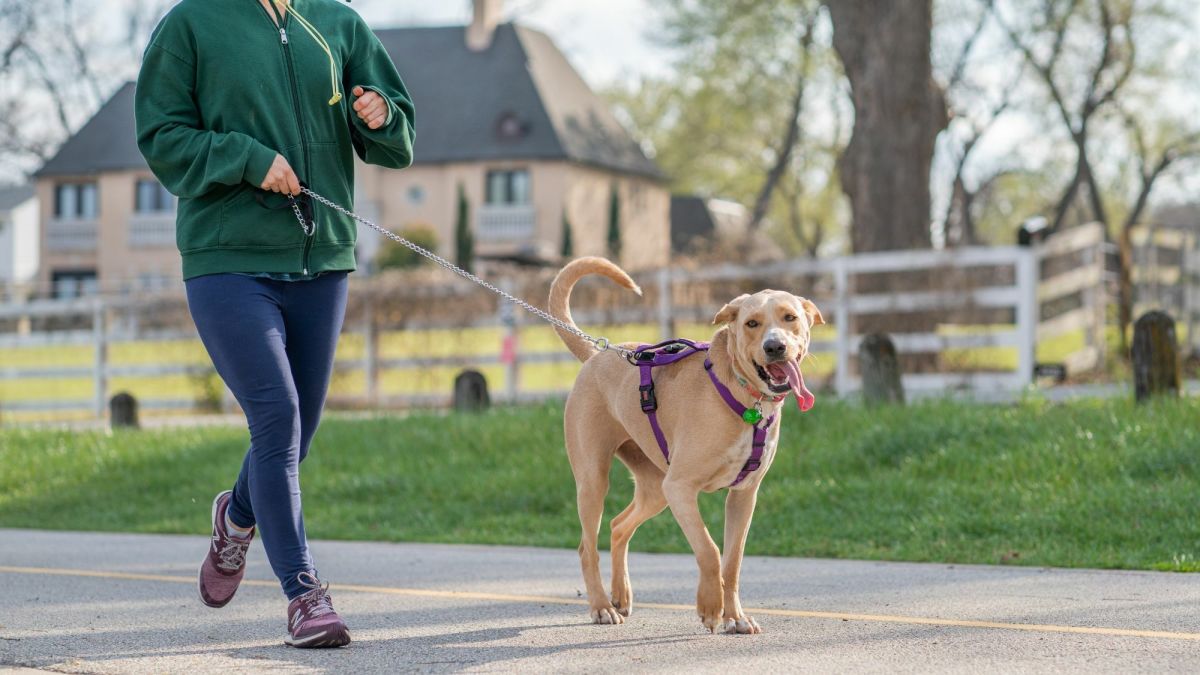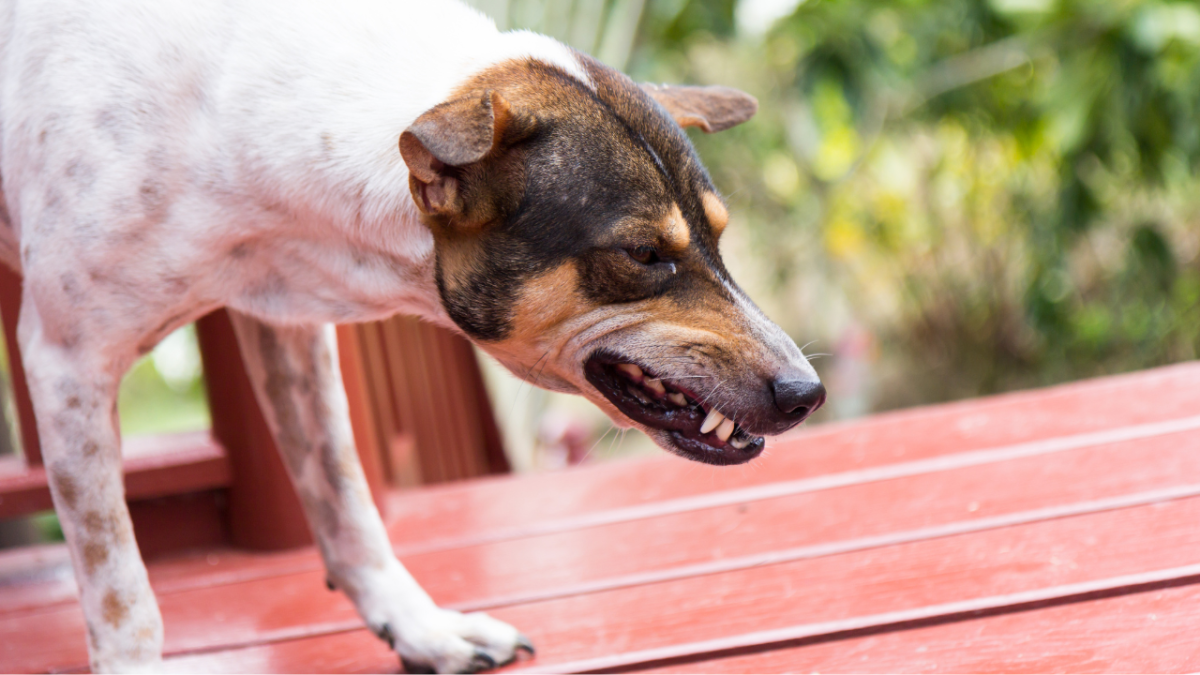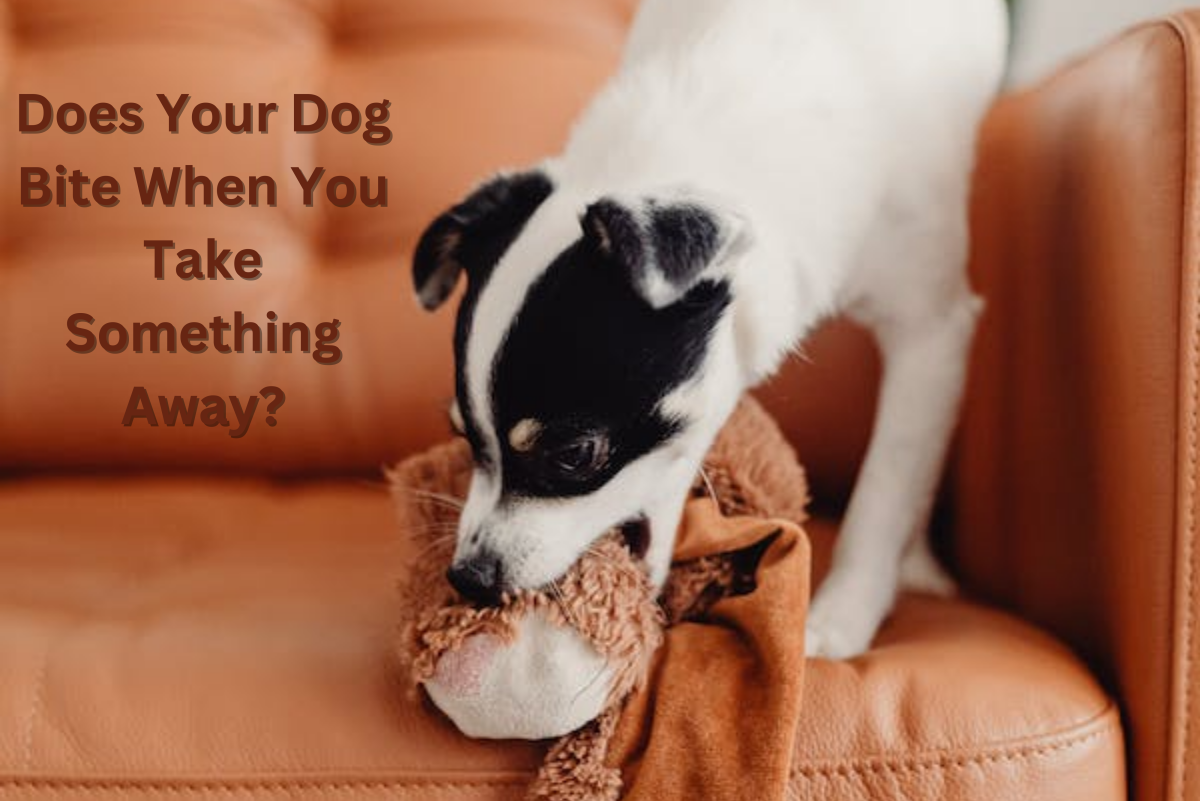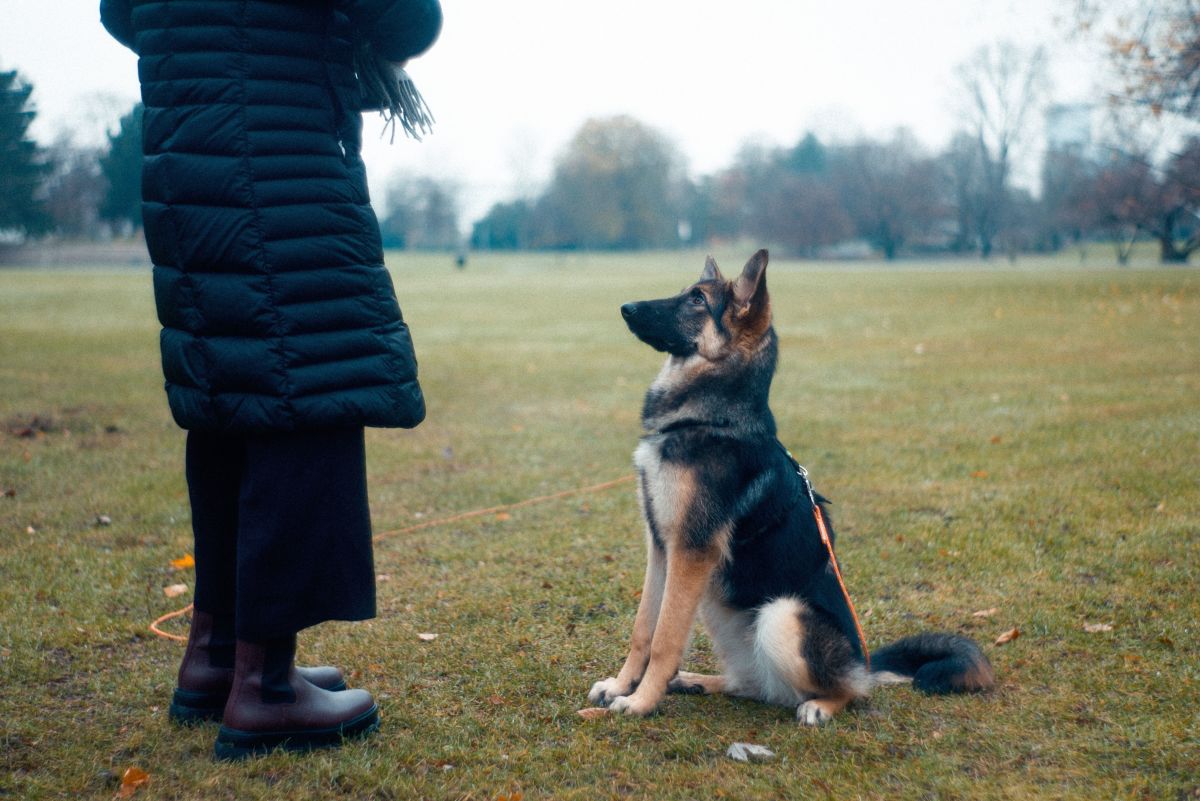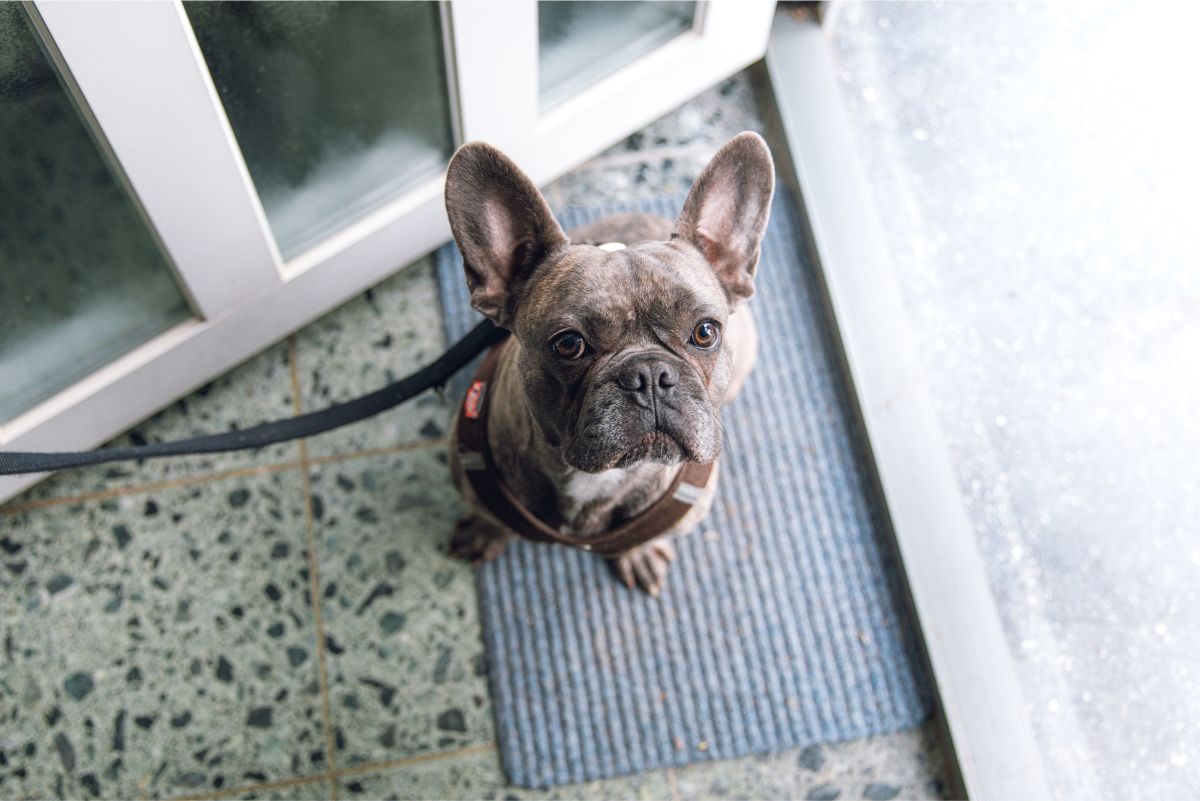How to train a dog to stop chewing on electrical cords?

Basic Behavior Modification: The Rules of 5
First, look into basic behavior modification techniques. There are two ways to successfully train an animal-- any animal-- to do something or not do something. In one method, you reward the animal for doing something right. In the other, you punish the animal for doing something wrong.The reward or punishment is called the "reinforcement."
The reward or punishment must be given within 5 seconds of the behavior.
To train a dog, you have to give the reinforcement within 5 seconds of the behavior. To train a fish, you have to give the reinforcement within 5 seconds of the behavior. For horses, the time limit is 5 seconds. For human beings, it's 5 seconds. For cockroaches, it's 5 seconds.
Get it?
Good. That 5-second time limit is the #1 reason why most training fails. Think about the difference between having your boss say "great job!" on the spot, when you fix his computer, compared to the dubious value of an end-of-the-year annual review.
The other rule of 5 is that a negative reinforcer is 5 times more effective than a single positive reinforcer. The trainee remembers the negatives as if it were given to them 5 times, compared to a positive.So, if you punish your dog for doing something bad, it's equal to 5 positive reinforcements. If the negatives outweigh the positives numerically, then it's a pretty bad experience all around.
Dogs and Chewing
Dogs must have something to chew. Dogs work out worry and anxiety through chewing, and it gives them something to do. Puppies in particular must chew, even more than adult dogs (puppies are often teething in addition to having normal growing pains and anxieties).
A couple of rules of thumb with dogs: A bored dog finds things to do-- usually things you don't want them to do. A tired dog is a good dog. And finally, dogs do not want to be bad. It is in their nature to try to please their pack. Unfortunately, they do not always understand what will please you, and if they can get your attention for anything, they often take that as a good thing, even if the attention is negative. Your dog has nothing to do all day except pay attention to you. If you give him a job to do, he'll be happier and less likely to chew on things you don't want chewed.
Dogs have to chew, but we don't want them to chew things that are valuable or dangerous. Here are some basic tips for preventing a dog from chewing on electrical cords:
- Keep the dog away from the electrical cords. This is the easiest and most effective way to keep them from chewing on cords. This means that the dog is supervised in your presence at all times and sleeps in a confined space, like a kennel. Kennel training is a good way to give your dog a safe space to go where it won't be disturbed and can't get into trouble. This also means hiding electrical cords behind furniture when you can.
- Use a negative reinforcement on the chewing problem. If the dog chews when you're in the room, firmly say "NO!" and move the dog away from the cord. Then that's it-- don't spend a long time talking to the dog about the cord issue. He doesn't care. All he knows is that you're paying attention, and apparently, chewing the cord is how he got your attention.
- Tire him out. Play with and train your dog until he's so tired, he can't move. Remember: a tired dog is a good dog.
- Use a negative reinforcement for when you're not there. Bitter Apple (sold in pet stores), pepper spray, and vinegar are all good deterrents. You spray or wipe it onto the cords. The dog will check it out, find the noxious taste, and leave it alone. Unless your dog loves all flavors. It's best to test this first while you're present so you can see if the dog likes the flavor.
Finally, if your grown dog has suddenly started chewing on electrical cords, and never had this problem before, take him to a vet for a checkup. Behavior problems are often related to medical issues, and might not have anything to do with the dog's actual behavior or anxiety levels.


